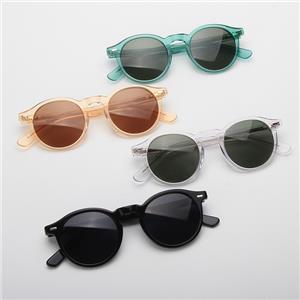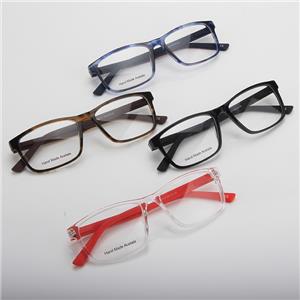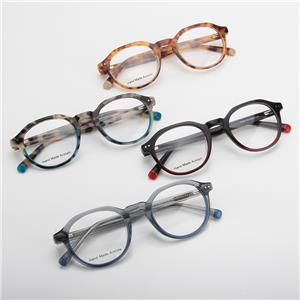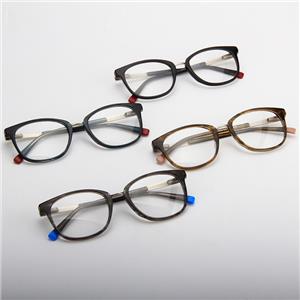What are optical glasses?
What are optical glasses?
What is the difference between them and ordinary glasses? If you wear glasses or are preparing to get glasses, you will often encounter various optical lenses for you to choose. Optical lenses are lenses made of optical glass. So what are optical glasses? What is the difference between optical glasses and ordinary glasses? Let's learn about it together. What are optical glasses? The concept of optical glasses uses lenses, prisms, corneal contact lenses, artificial lenses, etc. to correct vision, eliminate visual fatigue, and protect or treat eyes. There are many types of glasses. Optical glasses and contact lenses are used to correct refractive errors. In addition to contact glasses, artificial lenses can be implanted to correct aphakia. In addition, there are various protective glasses, cosmetic glasses, and visual aids for correcting low vision. All lenses are thin lenses, and their fixed size is the reciprocal of the focal length (meters) of the lens. What is the difference between optical glasses and ordinary glasses? Ordinary glass has nothing to do with chemical composition and solidification temperature range. They are obtained by melt supercooling. Due to the increase in viscosity, they have the mechanical properties of solids, and the transition process from liquid to glass is reversible. Optical glass is made of high-purity silicon, boron, sodium, potassium, zinc, lead, magnesium, calcium, barium and other oxides mixed according to a specific formula, melted at high temperature in a platinum crucible, stirred evenly with ultrasound to remove bubbles; then slowly cooled for a long time to prevent the glass block from generating internal stress. The cooled glass block must be measured by optical instruments to check whether the purity, transparency, uniformity, refractive index and dispersion rate meet the specifications. Qualified glass blocks are heated and forged to form optical lens blanks.
The main difference between optical lenses and ordinary lenses is that optical lenses have high transparency, high uniformity of physical and chemical properties, and specific and unique optical constants. These properties are irreplaceable by ordinary lenses. With the rapid development of science and technology today, new optical material resins are far superior to ordinary lenses in terms of optical performance, safety performance, and protection of the eyes from harmful rays.
What are optical glasses? What is the difference between them and ordinary glasses? If you wear glasses or are preparing to get glasses, you will often encounter various optical lenses for you to choose. Optical lenses are lenses made of optical glass. So what are optical glasses? What is the difference between optical glasses and ordinary glasses? Let's learn about it together. What are optical glasses? The concept of optical glasses uses lenses, prisms, corneal contact lenses, artificial lenses, etc. to correct vision, eliminate visual fatigue, and protect or treat eyes. There are many types of glasses. Optical glasses and contact lenses are used to correct refractive errors. In addition to contact glasses, artificial lenses can be implanted to correct aphakia. In addition, there are various protective glasses, cosmetic glasses, and visual aids for correcting low vision. All lenses are thin lenses, and their fixed size is the reciprocal of the focal length (meters) of the lens. What is the difference between optical glasses and ordinary glasses? Ordinary glass has nothing to do with chemical composition and solidification temperature range. They are obtained by melt supercooling. Due to the increase in viscosity, they have the mechanical properties of solids, and the transition process from liquid to glass is reversible. Optical glass is made of high-purity silicon, boron, sodium, potassium, zinc, lead, magnesium, calcium, barium and other oxides mixed according to a specific formula, melted at high temperature in a platinum crucible, stirred evenly with ultrasound to remove bubbles; then slowly cooled for a long time to prevent the glass block from generating internal stress. The cooled glass block must be measured by optical instruments to check whether the purity, transparency, uniformity, refractive index and dispersion rate meet the specifications. Qualified glass blocks are heated and forged to form optical lens blanks.
The main difference between optical lenses and ordinary lenses is that optical lenses have high transparency, high uniformity of physical and chemical properties, and specific and unique optical constants. These properties are irreplaceable by ordinary lenses. With the rapid development of science and technology today, new optical material resins are far superior to ordinary lenses in terms of optical performance, safety performance, and protection of the eyes from harmful rays.




